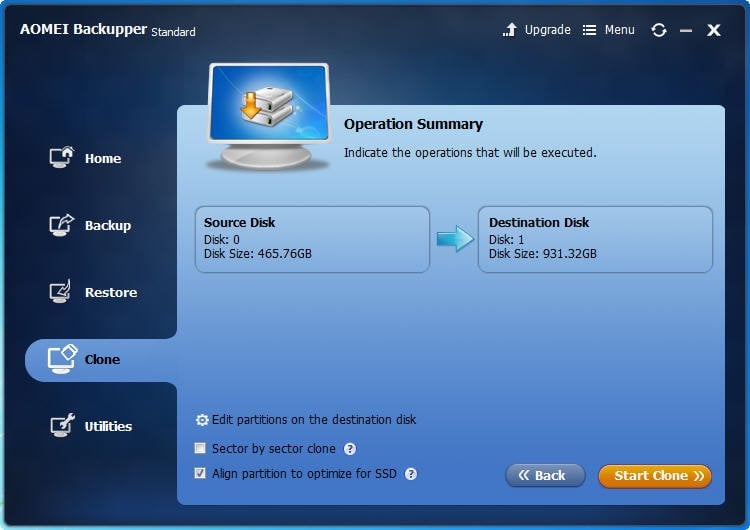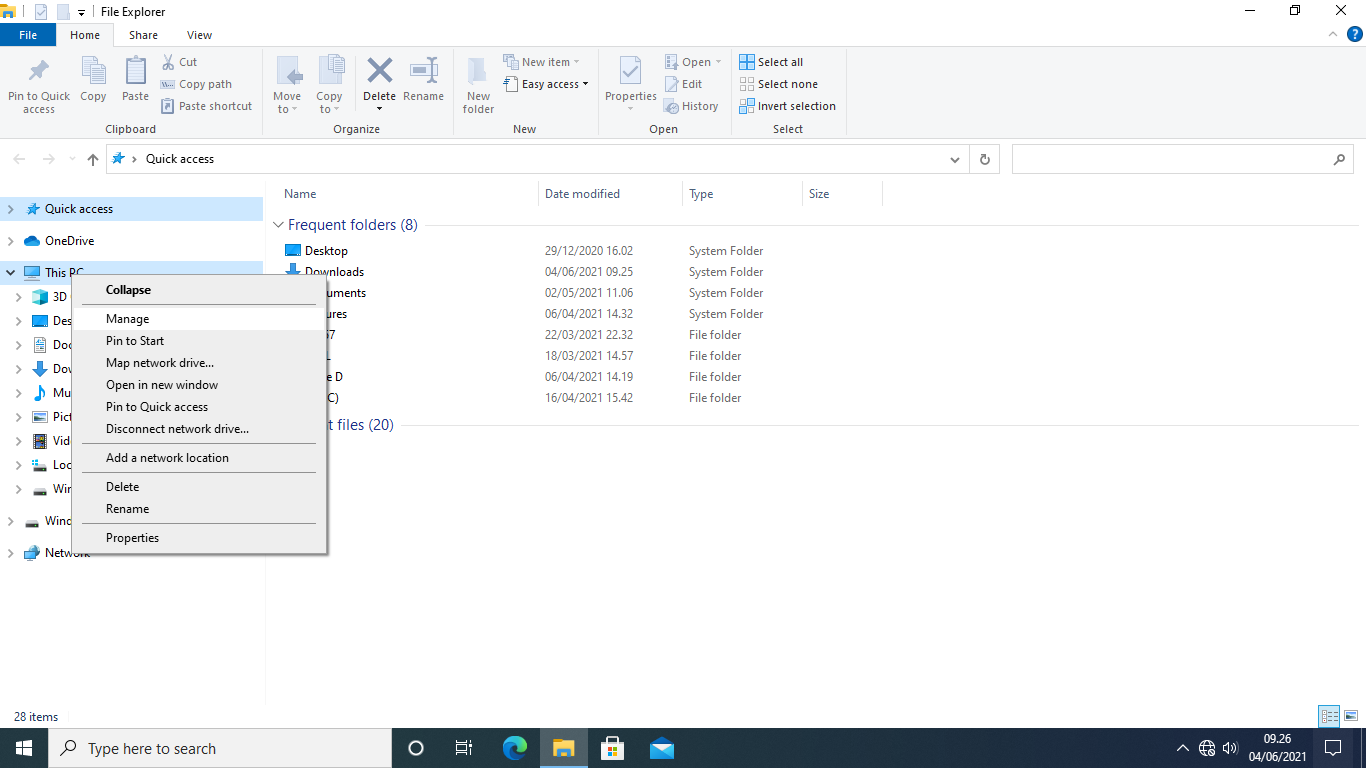
Install Macrium Reflect #Īfter you’ve downloaded Macrium Reflect, run the setup file and select the Free/Trial Software option if you downloaded a free version of the Macrium Reflect. If your C:\ was 250 GB then you should not attempt to make a clone of it on anything less then 325GB. There are numerous tools out there, but for the sake of this guide, we will be using a free one that has never given up on me and it’s called Macrium Reflect.Īnother point to note is that your destination disk should be atleast 30% larger then the source.

In order to get started, you will need to make sure that you have access to your source drive, the new drive clone will be made of. Once cloning is complete, all you need to do is replace it.

You can think of it as a perfect and identical copy of the existing one. “Cloning is copying the source drive exactly as it is, including the device drivers, hidden folders, OS files and settings you saved, to the newer disk drive”. When you clone a disk, you create exact copy of it, this means that whatever is there on the disk now, will be there on the cloned drive so there will be no need to re-install anything, just plug n play.

Whether it is migration from HDD to SSD, HDD to another HDD or a back up of your HDD, cloning is my preferred method because it eliminates the need to re-install programs and simply replacing it will bring about the same results as if nothing has ever happened. On the other hand, Solid State Drive’s (SSDs) have become extremely popular due to their speed, reliability and faster read/write speed, more and more people are switching from their Victorian HDD’s to this era’s SSDs and at the same time, where data is of critical importance many of us would like to back them all up on an external hard disk, and put it in a safe place.


 0 kommentar(er)
0 kommentar(er)
